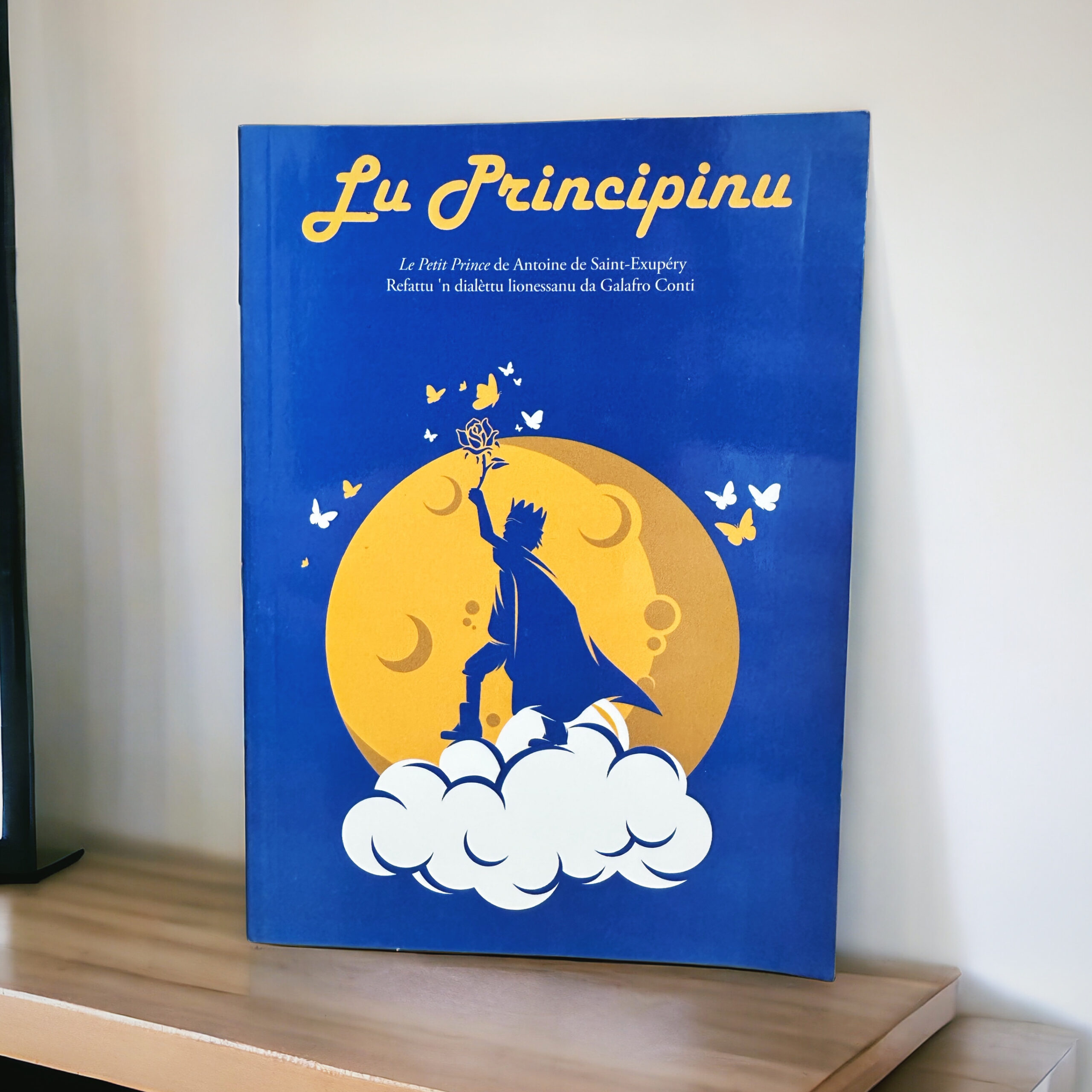
Lu Principinu — in the Leonessa dialect.
The Leonessa dialect, known locally as “dialetto leonessano,” is a variety of Central Italian dialects spoken in the town of Leonessa and its surrounding areas in the province of Rieti, Lazio region, Italy. This dialect is part of the larger continuum of Central Italian dialects and shares similarities with other dialects in the Lazio and Umbria regions but also possesses unique characteristics influenced by the region’s specific historical and cultural context.
The Leonessa dialect features a distinctive phonetic system. Consonants may be pronounced differently than in Standard Italian, and vowel sounds can vary, with some vowels being more open or closed. The intervocalic “s” can often be voiced to [z], and the “r” can be a trilled [r] or a tap [ɾ], depending on its position in the word. There is a tendency for unstressed vowels to be reduced or elided, a common feature in many central Italian dialects.
Diphthongization: The dialect often exhibits diphthongization, where simple vowels in Standard Italian may appear as diphthongs in the Leonessa dialect.
The definite and indefinite articles in the Leonessa dialect may differ from Standard Italian. For example, the definite article “il” (the) can become “lo” before certain consonants. Verb endings can vary significantly, with some verbs in the present tense conjugated differently than in Standard Italian. This includes variations in the first, second, and third person singular and plural forms. Personal pronouns in the Leonessa dialect often differ in form and usage from Standard Italian. Reflexive pronouns and object pronouns may also exhibit unique forms.
The region’s history dates back to Roman times, and many Latin roots are evident in the dialect. Latin influence can be seen in vocabulary, grammar, and place names. During Medieval & Renaissance periods, the region experienced significant cultural and economic development, influencing the dialect’s evolution. The influence of various ruling families and local nobility also contributed to linguistic changes. The proximity to other regions like Umbria and Abruzzo has led to mutual linguistic influences, enriching the dialect with diverse elements. This includes shared vocabulary and phonetic traits.


